Simplify the design of analog anti-aliasing filters and other functional circuits
As the key enabling interface between real-world signals and modern digital signal processing functions, precision analog-to-digital converters are widely used in high-end test/measure systems in industrial processes.
However, it is not an easy task to connect a sensor or other signal source to the converter and obtain all the performance claimed in the data converter product advertisement. It is usually required to provide additional buffering, voltage protection or other functions. The help of the circuit.
So how do you simplify this problem?




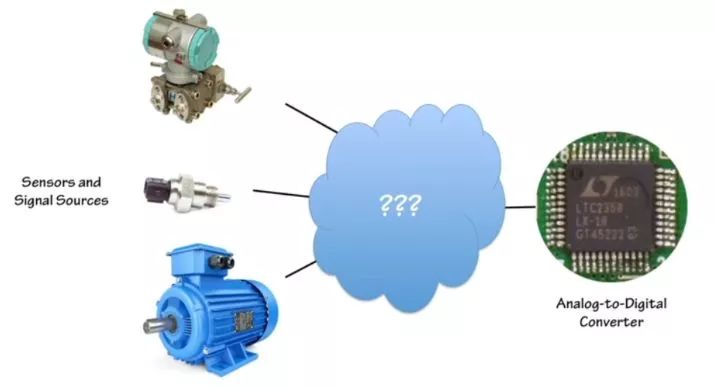
Andrew Thomas, a senior design engineer at ADI's mixed-signal, talks about the integrated Pico Ampere input analog buffer for a new LTC2358 8-channel ADC that not only delivers the outstanding performance of the LTC2348 8-channel successive approximation ADC, but also allows for arbitrary input measurements. The ability and superior flexibility also features high performance FET input buffering.
These buffers allow signal conditioning to be designed around the needs of the signal. The purely capacitive pA stage inputs can be directly connected to a variety of fine low current sensors and simplify the design of analog anti-aliasing filters and other functional circuits. Now let's talk about several ways in which buffer input can improve the system.
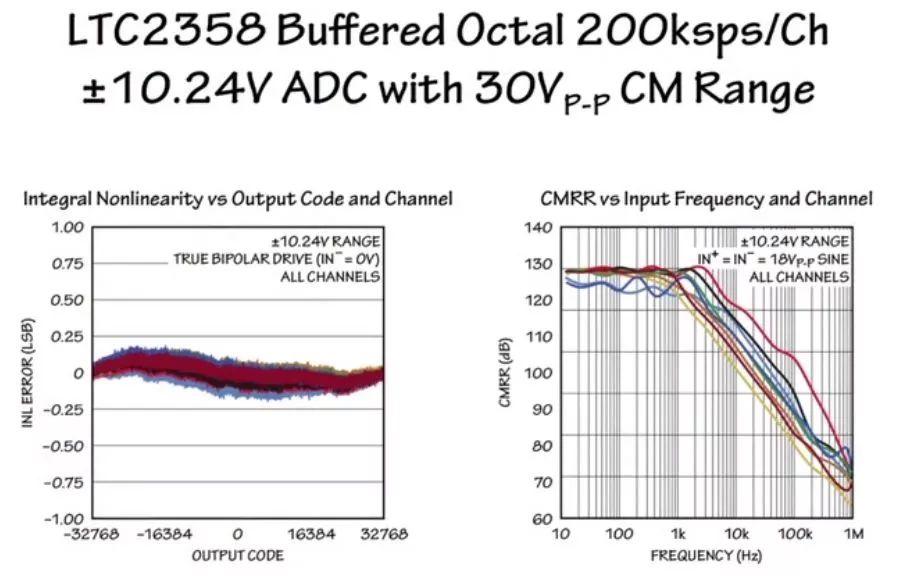
Many sensors, even slow or fine sensors with outputs, can be easily connected directly to the LTC2358 without the need for any intermediate signal conditioning. In general, traditional 8-channel ADCs require four such dual-channel high-voltage op amps to provide buffering, while the LTC2358 can save board space and power by eliminating these op amps.
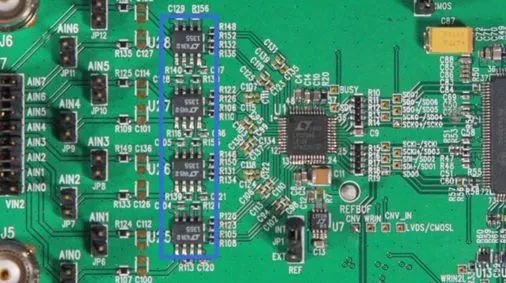
PK
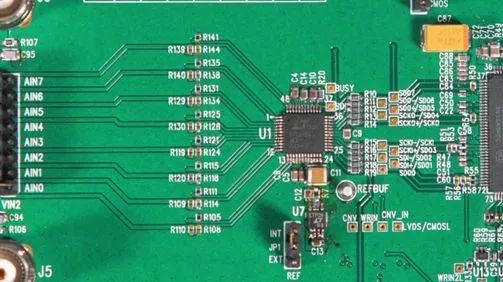
This type of sensor is directly connected to a simple thermistor circuit that produces a voltage on the ADC that is related to the ratio of the thermistor to the fixed resistor above. However, it is important to note that the top of the resistor connected to the ADC reference ensures an accurate ratio, even when the reference drifts.
When a thermistor is selected, a low resistance value causes a large power consumption in the thermistor, which may impair the measurement accuracy. On the other hand, the accuracy of using high-resistance thermistors requires very high input impedance measurements. At this point, the pure capacitive input of the LTC2358 “illuminatesâ€; however, more excellent accuracy can be achieved by adding a 20kΩ resistive component.
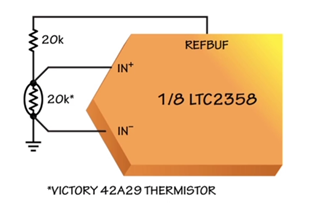
The LTC2358's high sampling rate and low noise allow for further improvements with a switch in parallel with the thermistor. When the switch is turned on, there is no power consumption in the thermistor, so it is at ambient temperature level. When a temperature measurement is required, the switch is briefly disconnected for 1 ms and the measurement is completed. Therefore, the thermistor has little time to heat itself.
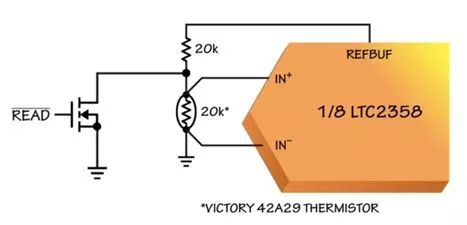
The graph below shows the super-fastness of completing an accurate measurement and the increase in measurement error as the conversion operation lasts 100ms (beyond the required time). This shows that it is easy to connect between a sensor and the LTC2358. Not only that, but the buffer also makes it easier to design a system that can handle out-of-range signals cleanly and transparently, regardless of their normal operation. Some or some other system failure has occurred.
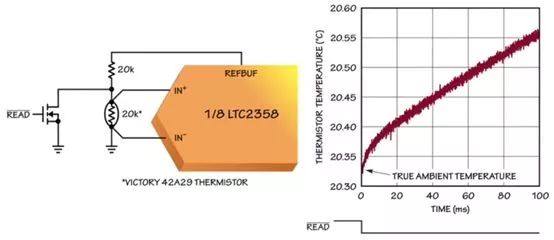
There are many reasons for the presence of an out-of-range ADC input signal: it is sometimes as obvious as placing a 2kg object on a 1kg scale; or they may be due to a faulty sensor, power supply, or wiring. The consequences of these conditions: in the best case, an interference, and in the worst case, performance. The LTC2358 helps simplify the construction of high-performance systems that can withstand out-of-range signals.
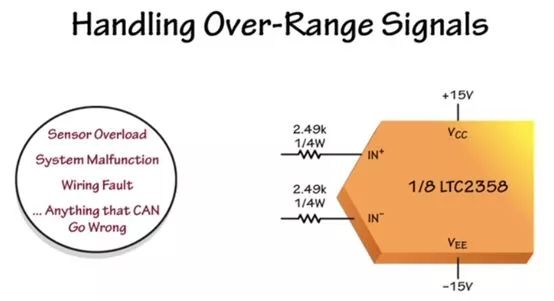
The following color bar graphically shows the expected operation of the LTC2358 under various input voltage conditions. The ADC does not go wrong when the analog input voltage exceeds its programmed full scale. For example, if an input is configured for 0V to 5V operation, but the system applies 10V or any voltage up to the high voltage supply difference, the converter will simply report a full saturation value. The conversion results on other channels are still accurate and the power consumption is not increased.
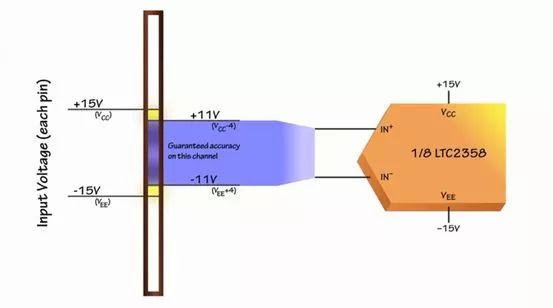
In more serious cases, the input may be driven beyond the high voltage supply. For example, if an amplifier powered by a 40V supply drives the ADC, the amplifier may drive an input to 40v under certain abnormal conditions. The internal diode clamps the analog input to a high voltage supply, so it is necessary to limit the current to avoid damaging the device or other circuitry.
The LTC2358 allows the pin voltage to be pulled above its power supply and has a current of up to 10mA without worry, so simply routing a 2.5kΩ resistor in series with the input allows the stray input signal to go to 40V. The high-impedance input of the ADC ensures that the series resistor does not cause performance degradation during normal operation of the circuit, and voltages up to 40V do not affect accuracy on other ADC channels. Pulling the input below the negative supply (down to –40V) will not cause damage, but it will reduce the accuracy on other channels. If these limits are exceeded, there is a risk of power loss in the ADC and resistors.
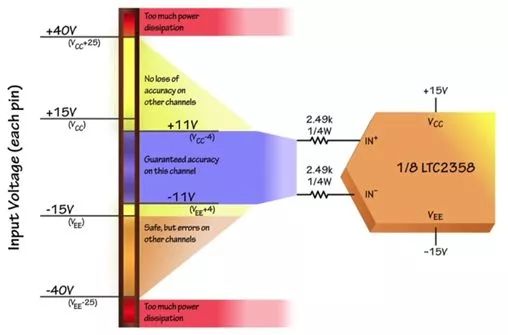
Other resistor values ​​can be used for other possible overdrive ranges, and the current limit of 10 mA is remembered. For example, a 10kΩ resistor would allow 100V to be applied and consume 1W when 100V is applied across a 10kΩ resistor. A higher power resistor is required, but the solution is still extremely simple and robust.
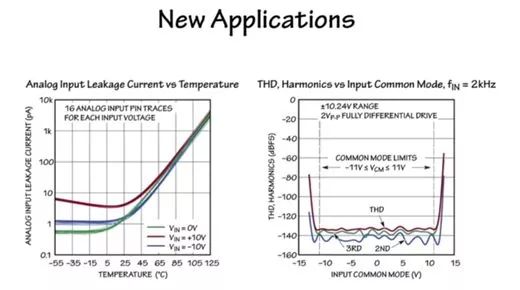
So how do you cancel or simplify the circuit in front of the ADC? The LTC2358 can be integrated into the sensing system using some of the more creative ways to use its very low input current and wide common-mode range. The analog input current is completely determined by junction leakage and is typically less than 10 pA at room temperature. This low input current means the LTC2358 can be used with very low levels of current signals (typical features of photodiodes).
The photodiode is a reverse-biased diode designed to conduct a small amount of current that is determined by the level of illumination on the diode. This small current signal is typically converted to a voltage by a transimpedance op amp circuit like this, so the output voltage of the op amp is proportional to the diode current and can be digitized by an ADC.
It can also be thought of as an extremely high resistance, and measuring its current with high accuracy requires that any component connected to it must have a very low input current. Therefore, the op amp shown is typically a FET input op amp. However, the input offset voltage of a FET op amp is usually not very good, it will affect the accuracy of the output voltage.
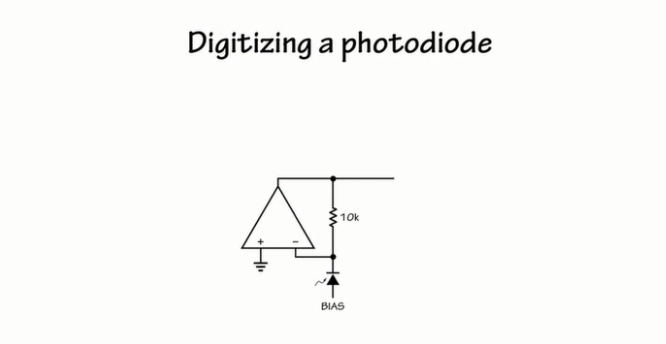
The LTC2358 is capable of performing differential measurements, so it can be connected to measure the voltage across the resistor instead of being measured at the output of the op amp. This connection eliminates the effects of op amp offsets and low frequency noise in the measurement. The normal operation of this circuit is mainly due to the very low input current of the LTC2358 itself, which is usually only a few pA at room temperature, so it can be reasonably connected directly to the photodiode without interfering with the measurement.
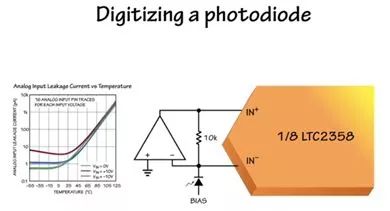
This photodiode circuit is implemented using the buffer input of the LTC2358. In more applications, the use of low-power op amps to design analog signal filters and interfaces will be greatly simplified. Adding this capability to simple overdrive ruggedness, direct sensor connectivity and superior native performance will make the LTC2358 an excellent solution for many multichannel systems.
Control cable is a kind of cable. It is used for control and monitoring circuits and protection circuits with AC rated voltage of 450V/750V and below. Shielded control cables are widely used in power plants and power stations due to their good shielding performance. They are intended to be laid indoors, in cable trenches, in pipelines, directly buried, in shafts and other fixed places that can withstand greater mechanical tension.
Feature
1. DC rated current Uo/U is 450/750V2. The maximum allowable long-term operating temperature of the cable electrical conductor is 70 ℃.
3 The working temperature during cable laying shall not be lower than 0 ℃. If the natural environment temperature is lower than 0 ℃, the cable shall be heated.
4 The strongly recommended allowable bending radius of cable is below:
The unarmoured cable shall not be less than 6 times of the cable diameter;
Armored cable or copper foil shielded cable shall not be less than 12 times of cable diameter;
The shielded Flexible Cable shall not be less than 6 times of the cable diameter.
5 Productive cable model 2-61 cores
6 Control cables are generally laid in rooms, cable trenches, pipelines and other fixed sites.
Control Cable,Armoured Control Cable,Crane Control Cable,Sheathed Control Cable
Ruitian Cable CO.,LTD. , https://www.hbruitiancable.com